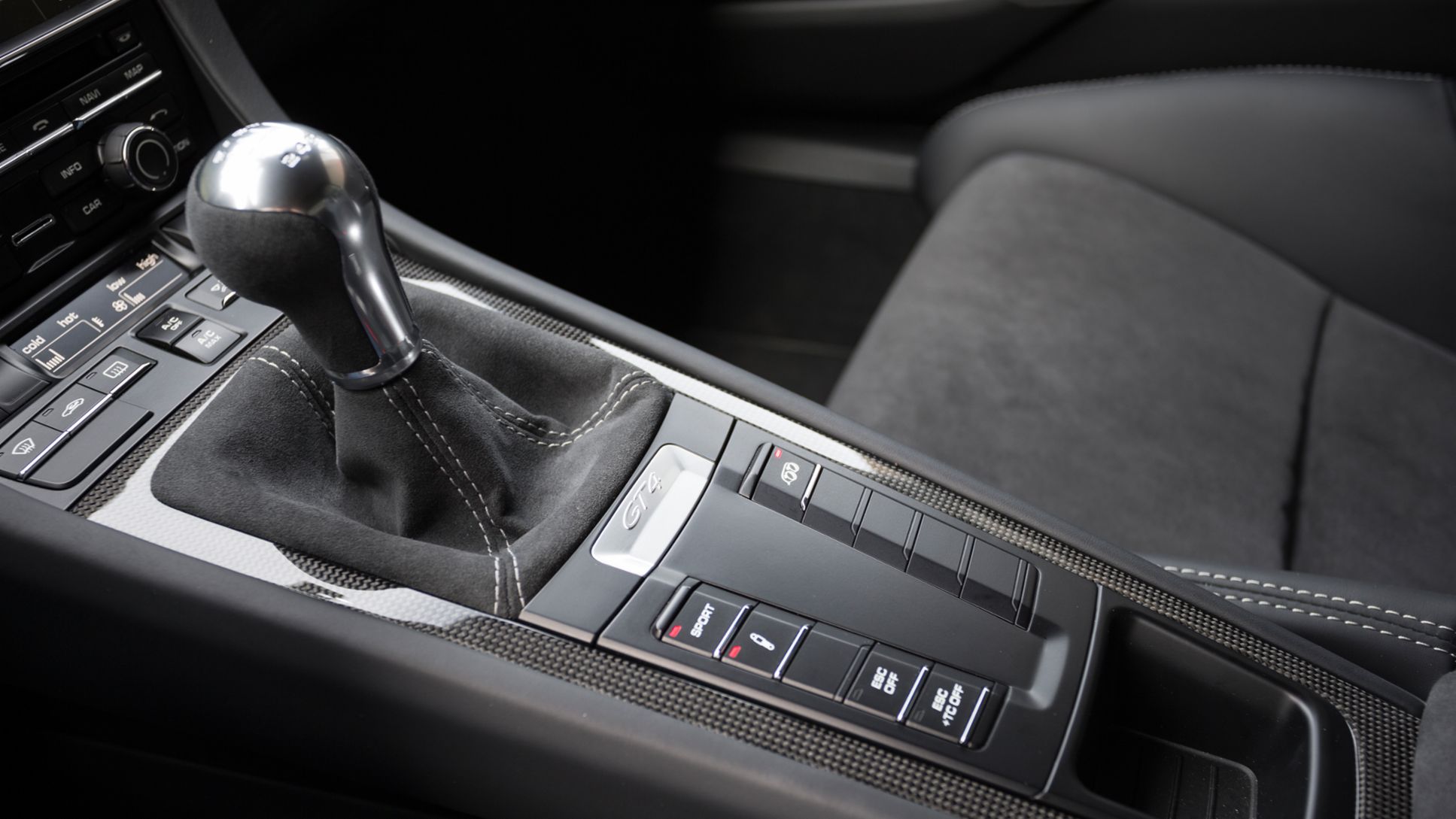"The figures reflect the pulling power of our brand as well as the appeal of our products which we have launched on the market in the past few years," says Dr. Oliver Blume, Chairman of the Executive Board of Porsche AG. "Focusing completely on the development, production and sales of highly emotional sports cars is paying off." Despite this, sales are only a secondary yardstick for success for Porsche. "What is much more important for us are customer enthusiasm, return on sales and secure jobs," says Blume.
The 911 legend continues unabated. The sports car icon recorded an increase over the previous year of 4 percent with just under 32,000 units delivered. "This growth, even in a year in which the model was changed, shows the immensity of fascination for the 911 on the markets," says Detlev von Platen, Member of the Executive Board for Sales and Marketing at Porsche AG. The new 911 series, with the 911 Turbo as the flagship model, will be available on the European market at the end of January 2016. It will provide another boost and consolidate delivery figures to a stable level.
Macan is the best-seller
Clearly, the growth drivers are the SUV models and the best-seller is the latest addition to the family. With more than 80,000 cars delivered, the Macan became the most coveted Porsche already in the first year of full availability. It is closely followed by the Cayenne (73,119 units). Compared with the previous year, the Macan and the Cayenne achieved two-digit growth figures.
Cayman sales rose slightly by 1 percent. The Panamera and Boxster models lagged behind the previous year levels. The reason for this is the upcoming model change from which Porsche is expecting renewed growth in 2016. In future, the Boxster and Cayman models will be branded as the 718 model series and will continue to merge both technically and optically.
For the first time, the strongest single market in 2015 was China where Porsche delivered 58,009 vehicles. Compared with 2014, this was an increase of 24 percent. In second place came the USA with 51,756 vehicles, a growth of 10 percent. The European market grew by 24 percent to 75,354 units where Germany is the strongest single market with a total of 28,953 vehicles delivered (+21 percent).
A table with the detailed deliveries is provided under Downloads.
Consumption data
911 Turbo: Combined fuel consumption 9.1 l/100 km, CO2 emissions 212 g/km
Cayman GT4: Combined fuel consumption: 10,3 l/100 km; CO₂ emissions: 238 g/km
